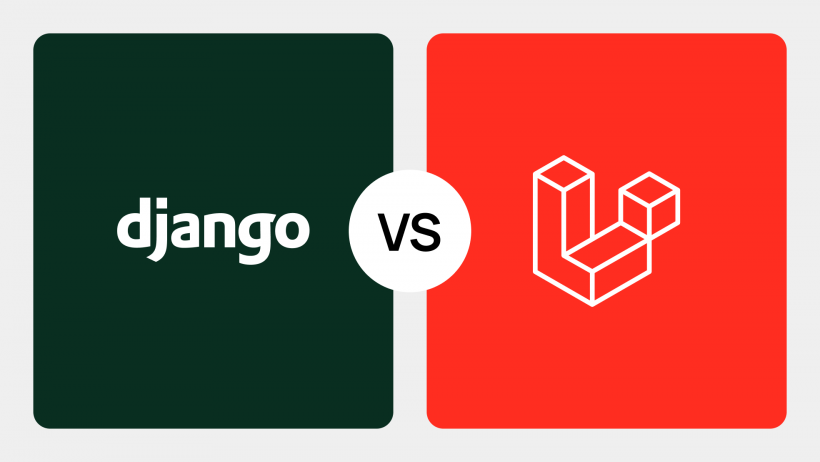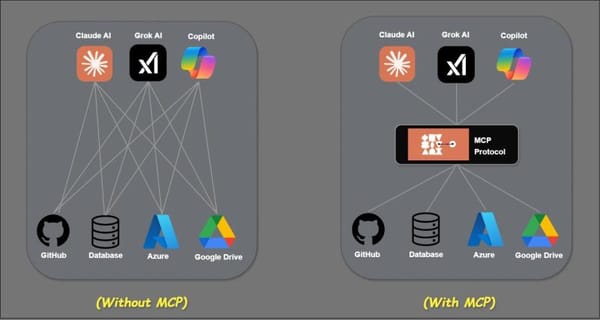Why MVPs Often Fail: The Real Reason Behind Product Deaths
Why do so many MVPs fail? Discover the common pitfalls that turn promising ideas into forgotten products—and how to build an MVP that actually validates your vision.

The Dream vs. The Graveyard
You’ve got an idea. A brilliant one. It’s going to change the game. You sketch it out, boil it down to the essentials, and build your MVP—your Minimal Viable Product. You launch. You wait. And… nothing.
Crickets.
Welcome to the MVP graveyard.
This is more common than you think. Hundreds of products die quietly after their MVP stage, not because the idea was bad, but because the MVP didn’t do what it was supposed to do. It didn’t validate the idea—it sabotaged it.
Let’s explore why this happens, and more importantly, how to avoid it.
The MVP Isn’t a Prototype
One of the biggest misconceptions is treating an MVP like a glorified prototype. A prototype is a model. An MVP is a real, working version of the product that solves a core problem for real users. If it doesn’t feel valuable or usable, you’re not testing the right thing.
Take the infamous case of Google Wave. It was hyped, launched with minimal core functionality, and died fast. Why? Because the MVP was confusing and tried to solve too many problems at once. It failed to demonstrate one clear value.
Building for Themselves, Not for Users
Founders and teams often build what they think users want instead of what users actually need. The MVP becomes a vanity project. The product gets launched into the world, but it’s out of touch.
Example? Quibi, the short-form streaming app that burned through nearly $2 billion in less than a year. Its MVP misread the market’s desire for mobile-only content and launched without a strong value proposition.
Too Minimal to Be Viable
In trying to keep it “lean”, some teams strip out so much functionality that nothing feels complete. Users can’t grasp the product’s promise because it doesn’t show enough of it.
Imagine trying to sell a car by showing people a steering wheel. That’s not a car—it’s a part of a car. Your MVP needs to show the whole experience, even if it’s basic.
No Real Validation
MVPs are supposed to test hypotheses, not just collect downloads. If you launch your MVP and measure vanity metrics (like page views or signups) without validating whether users need or love the product, you’re flying blind.
Dropbox’s MVP was just a simple video explaining the concept—and it worked because it showed the core value clearly. People signed up because they understood the value. That’s validation.
Feedback Vacuum
Some teams launch the MVP… and then go quiet. No user interviews. No open feedback channels. No data interpretation. An MVP without feedback is like throwing a message in a bottle and hoping it finds someone.
Talk to your users. Watch them use the product. Let them break it. That’s where the gold is.
What To Do Instead
- Solve one clear problem: If you can’t explain your MVP’s value in one sentence, it’s too complex.
- Build something testable, not perfect: It doesn’t need bells and whistles—it needs to function and prove value.
- Get real feedback fast: Don’t wait for a thousand users. Ten honest ones can give you more insight.
- Stay humble and curious: Be ready to pivot. The MVP’s job is to teach you, not validate your ego.
Wrap Up: Think MVP Like a Trailer
Your MVP is like a movie trailer. It’s not the whole film, but it better get people excited enough to want more. If it confuses, bores, or misleads them—they’re not coming back for the full show.
Don’t build to launch. Build to learn.
The MVP isn’t the end goal—it’s the beginning of the conversation.
And if you do it right? You stay out of the graveyard.





